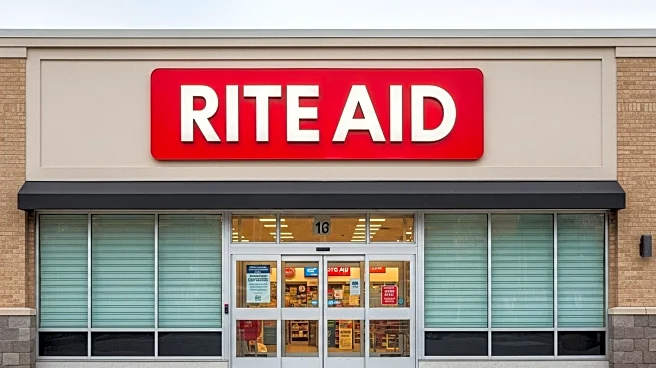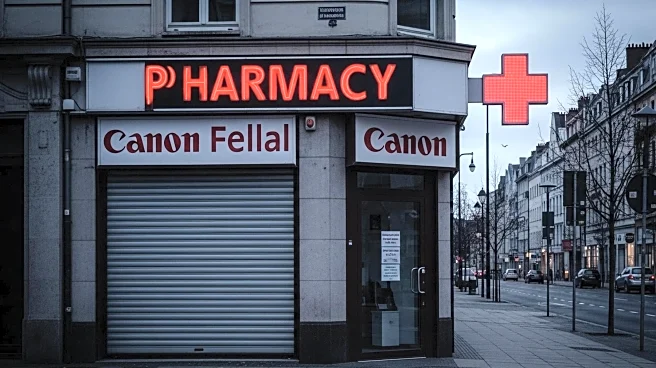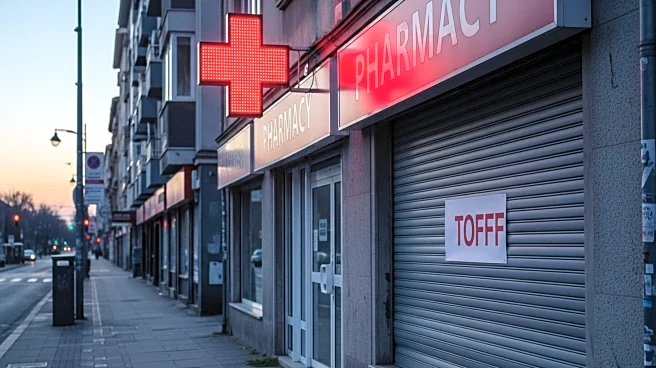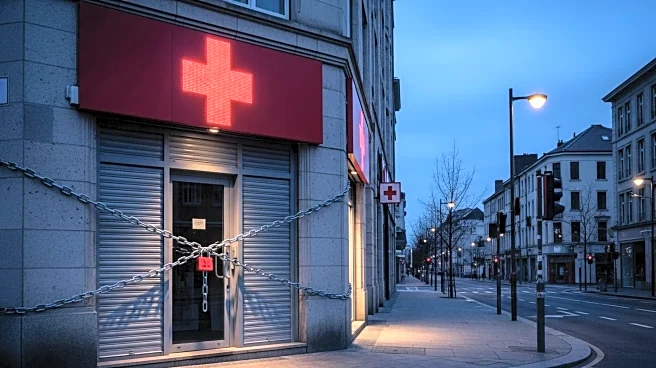What is the story about?
What's Happening?
Rite Aid, a major U.S. pharmacy chain, has announced the closure of all its stores nationwide. This decision comes after years of financial difficulties, including a significant debt burden. At its peak, Rite Aid operated over 4,900 stores, but this number had dwindled to approximately 1,250 by May 2025. The company had previously filed for Chapter 11 bankruptcy in October 2023, which allowed it to reduce its debt by $2 billion and close numerous locations. Despite these efforts, Rite Aid continued to struggle with $2.5 billion in debt, leading to its eventual decision to shutter all operations.
Why It's Important?
The closure of Rite Aid stores marks a significant shift in the U.S. pharmacy landscape, affecting both consumers and the industry. With the loss of a major player, customers may face reduced access to pharmacy services, particularly in areas where Rite Aid was a primary provider. The closure also highlights the challenges faced by traditional brick-and-mortar retailers in adapting to changing market conditions and consumer preferences. Competitors like CVS and Walgreens may see an opportunity to capture former Rite Aid customers, potentially reshaping market dynamics. Additionally, the closure could have broader economic implications, including job losses and impacts on local economies where Rite Aid stores were significant employers.
What's Next?
As Rite Aid exits the market, other pharmacy chains and healthcare providers may seek to fill the void left by its absence. This could lead to increased competition among remaining players to attract former Rite Aid customers. Additionally, there may be regulatory and community discussions about ensuring access to pharmacy services in underserved areas. The closure also raises questions about the future of retail pharmacy chains and their ability to adapt to digital transformation and changing consumer behaviors.
AI Generated Content
Do you find this article useful?













